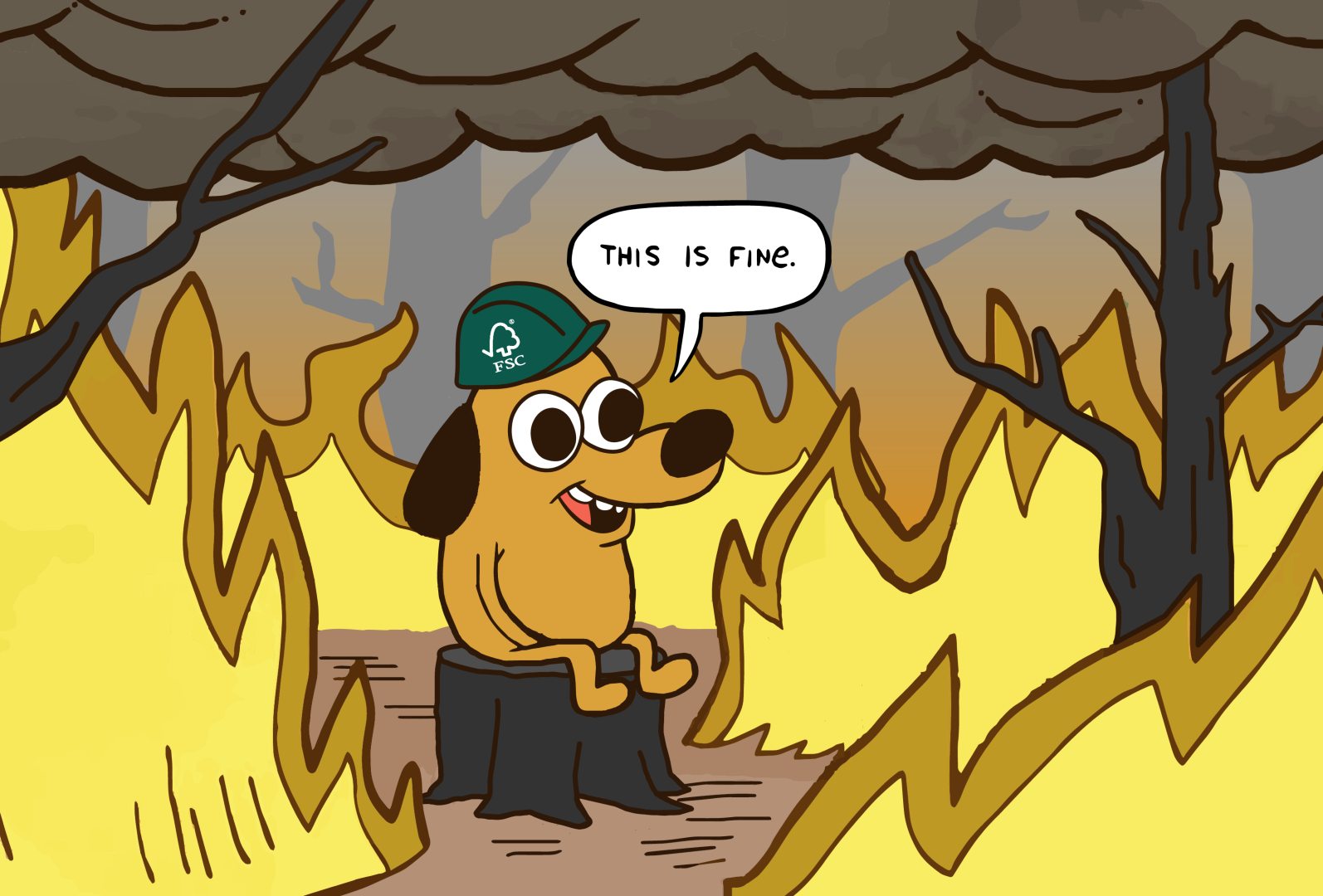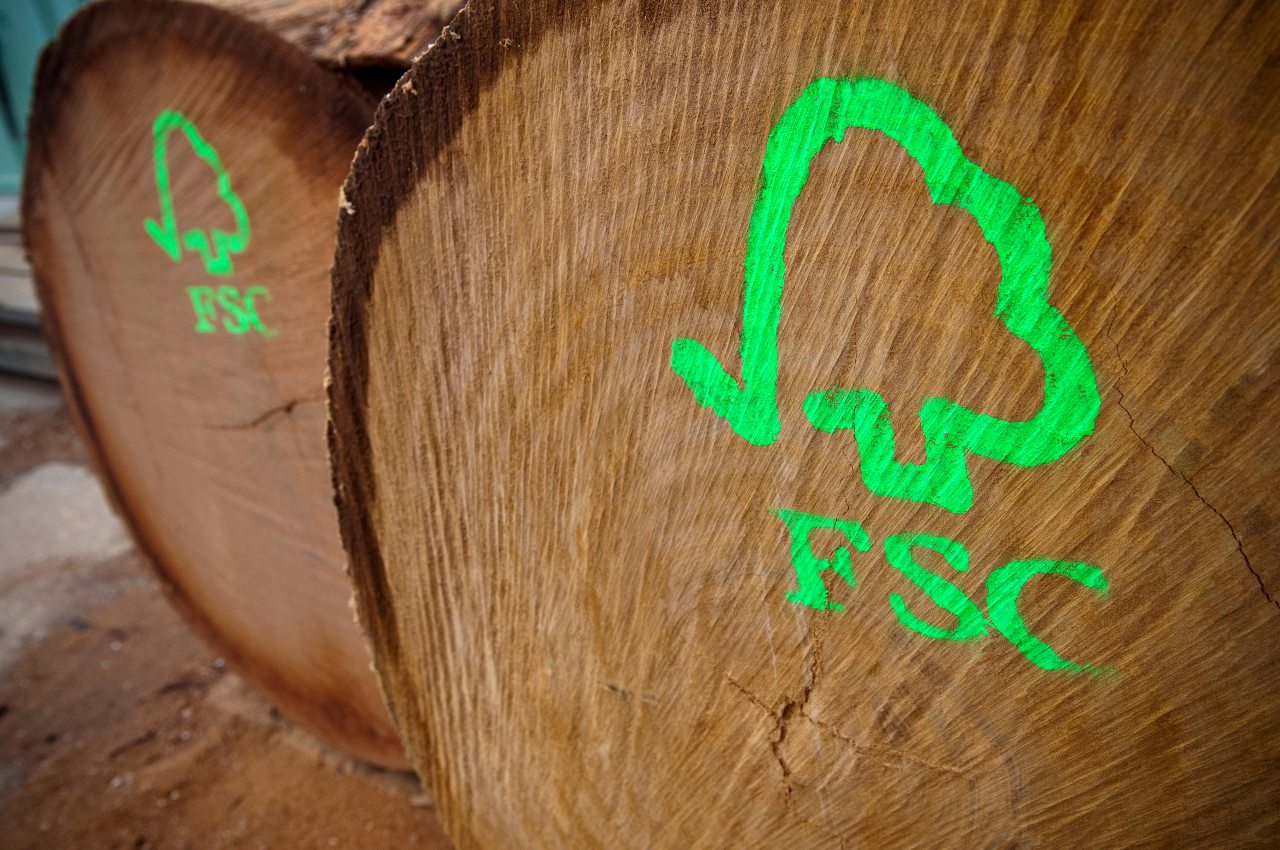A recent report by FIAN International and the Brazilian organisations Comissão Pastoral da Terra and Rede Social de Justiça e Direitos Humanos has drawn attention to the relationship between global finance, land grabbing and agribusiness expansion in one of Brazil’s most threatened biomes, the Cerrado.
This post is based extensively on the report The Human
and Environmental Cost of Land Business – The Case of MATOPIBA, Brazil.
The Cerrado is one of the world’s most biodiverse tropical
savannas. It covers more than a fifth of Brazil’s territory and is home to
numerous traditional and peasant communities. It is also one of Brazil’s newest
agricultural frontiers. The biome has been the focus of concerns as it has
already lost more than half of its native vegetation and is subject to weaker
protections than the Amazon.
Conservationists have debated whether land scarcity in older
agricultural frontiers and commitments made by agribusinesses to protect the
Amazon have led to a boom in agricultural activity in the Cerrado. Over the
last decade, 37 percent of soy expansion in Brazil took place at the expense of
the biome’s native ecosystem.
Much of this increased activity has been connected to
illegalities. Last May, major commodity traders were fined $29 million by the Brazilian
authorities for buying grain from illegally deforested areas in the Matopiba
region of the Cerrado – comprising Maranhão, Tocantins, Piauí and Bahia states.
The report by FIAN and its Brazilian counterparts has shed
light on the connections between land grabbing, international capital, and
agribusiness expansion in the Cerrado, and its consequences for the people and
the environment of the region.
Rising land prices in the Matopiba region has attracted
transnational land companies and land grabbers, generating a business that
transferred more than 19,000 square kilometres of land in the region between
2013 and 2015. According to the report’s authors, land is often appropriated
“through an illegal act of forging ownership and enclosing/fencing off, driving
out local people” to create new farms for agroindustrial production, including
through deforestation. These farms are then sold to agribusinesses or real
estate companies by three times the amount it cost to prepare them.
In many cases, lands illegally appropriated are then used to
“illegally expand the property through […] violence, and forgery of documents”.
The report highlights how “those that are operating on the ground are backed by
international financial actors and transnational companies that channel huge
amounts of capital into the land business”.
The report’s authors describe the forced and often violent displacement of peasant communities. They claim that authorities at the state and federal levels have systematically failed to protect communities and individuals, monitor business dealings, ensure the proper titling of communal lands and commercial properties, punish the perpetrators of crimes and violations, and enforce environmental laws.
These findings are supported by a recent series on the Cerrado by Mongabay. The articles illustrated how agribusiness expansion in the biome has been associated with land theft and conflicts with local communities. The Matopiba region saw a 56 percent increase in reported land conflicts due to land grabbing in the 2012-2016 period. Mongabay has also highlighted the plight of traditional community peasants forced to migrate to urban slums in Tocantins after being deprived of their livelihoods by large-scale soy production.



